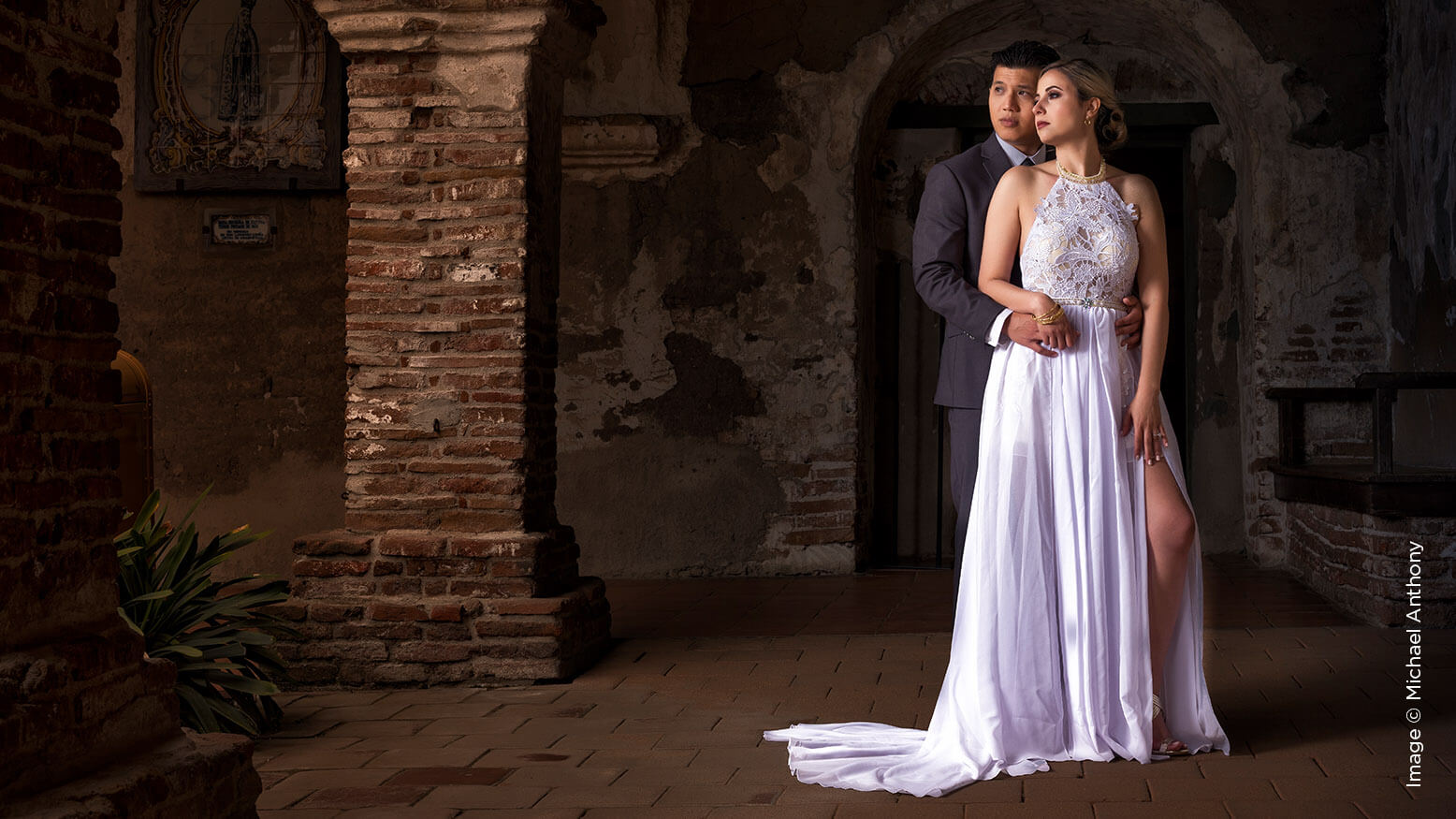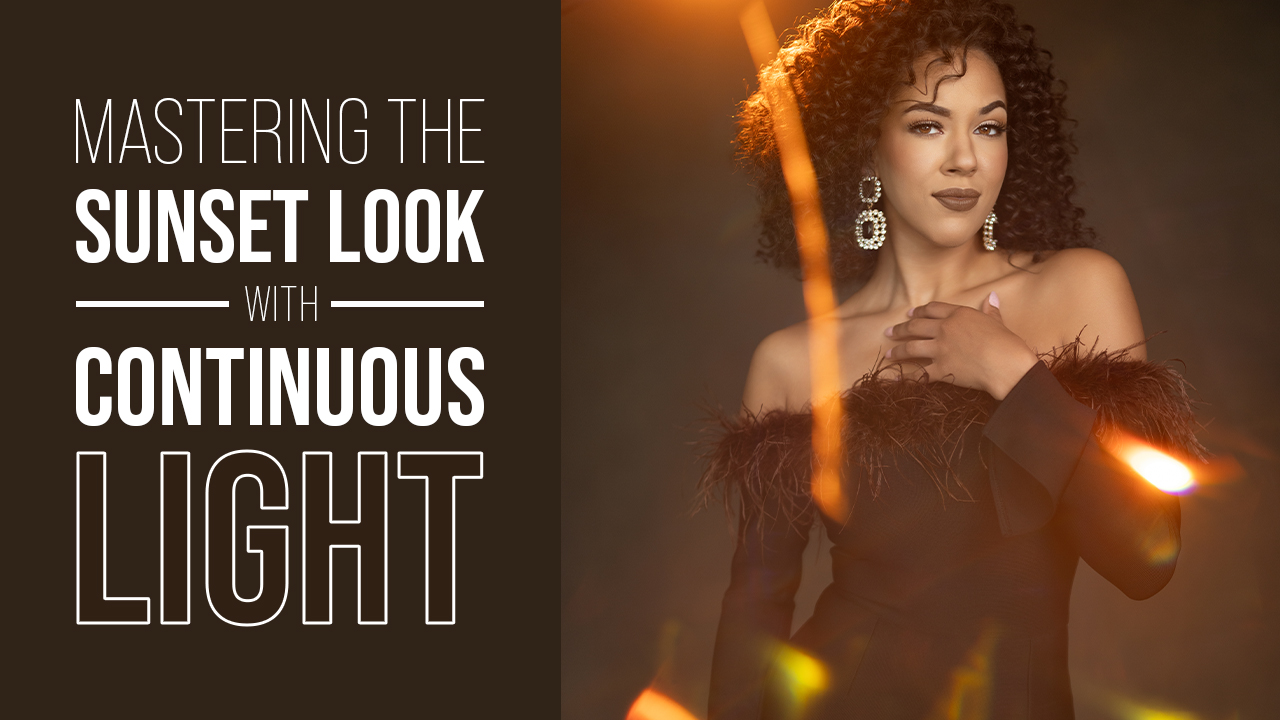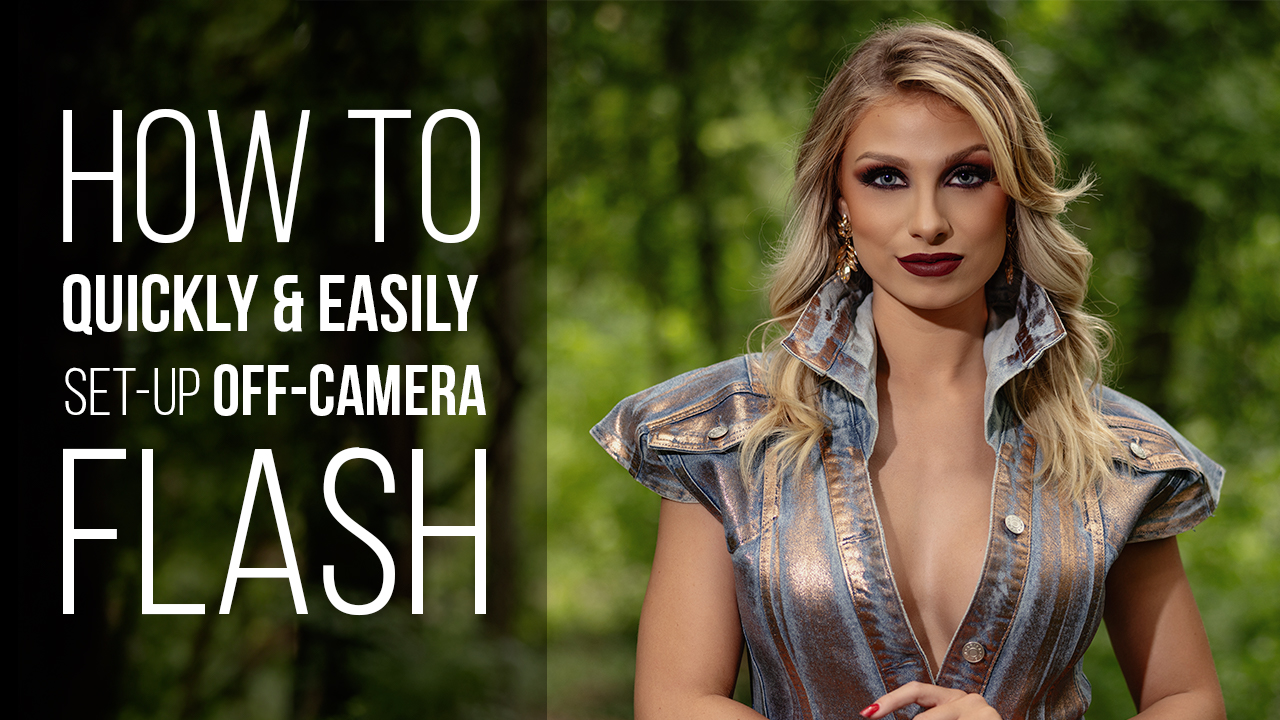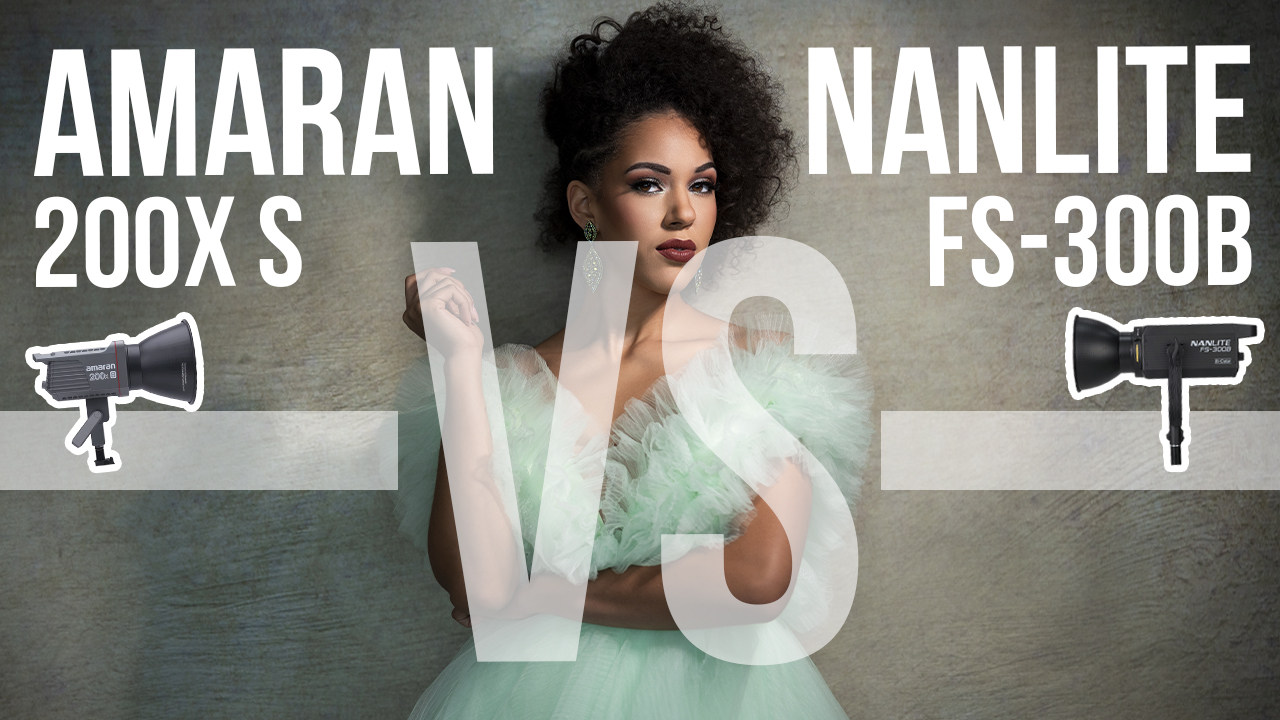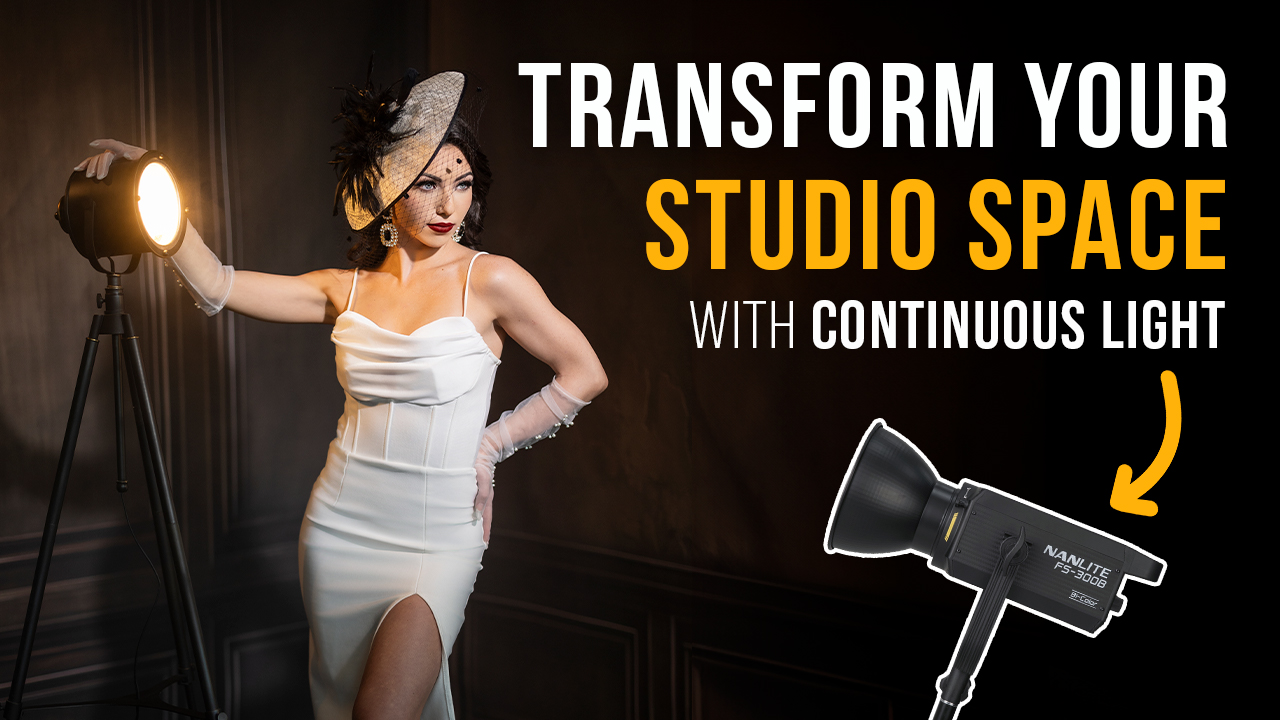Choosing the Best Off-Camera Lighting for Your Budget with Michael Anthony
Want more information on this article? Get access to video content and additional supporting images. Launch the August 2017 issue of the magazine by logging in or signing up for a free account. Shutter Magazine is the industry’s leading professional photography magazine.
When I started in photography, I was a young buck. I was a 26-year-old police officer who was in shape and ready to conquer the world. Over the past six years, photography has taken its toll. Carrying heavy equipment down mountains and trekking through foreign countries with bags of equipment have worn down my body at a faster pace than I would have liked.
This means I don’t always want to carry the biggest and heaviest lights on my shoots. Thankfully, we have so many lighting options. If light is just light, then do we need to invest five to seven times more for a light that puts out the same amount of power? While the differences in reliability and build quality are shrinking between affordable and expensive lights, there are a few key things to keep in mind.
We use a variety of lights, including speedlights and mid- and high-powered strobes. We are currently going through a lighting revolution. Off-camera flash technology is progressing quickly. The technology for low-noise, high-ISO sensors has improved over the past five years. Flashes are becoming less expensive and coming with more features.
If you are not using off-camera flash, there has never been a better time to start. Here are a few of my recommendations for equipment. It’s important to note while the inexpensive offerings all have even more inexpensive options, I chose to review lights that have both TTL and high-speed sync capabilities.
Speedlights
More expensive – Brand-name speedlights (Canon, Nikon, etc.)
Less expensive – Off-brand speedlights (Godox, Phottix, etc.)
My first speedlight was the Canon 580EX version 1. They have always been reliable and have always worked well in a pinch. The radio triggers built into the newest iterations are reliable and work well in different groups. They can be modified with the MagMod system, which is one of my favorite portable modifiers.
Newcomers to the speedlight market include Godox and Yongnuo. Many of these brands have basically copied Canon’s technology, and in some cases have added more features, such as lithium-ion batteries and, in Godox’s case, integration into a larger ecosystem of lights. Now, while this all sounds good, I have tested these lights, and where they falter is in reliability, especially in trigger reliability. Don’t let that dissuade you, because when they work, they work well, and can save you a ton of money. Just keep their reliability in mind when you have to grab a crucial shot.
I have recently tested lights from Godox, which is now a popular brand. It’s obvious after you turn on a Godox that the company copied the entire menu system of the Canon 600RT. I know this is the norm right now, but it bothers me when a company uses reverse-engineered technology. But there are benefits to the Godox that older flashes lack. Watch my video for my review.
Mid-Powered Strobes
More expensive – Profoto B2, Broncolor Siros
Less expensive – Godox (Flashpoint, eVolve) AD200, AD360, Phottix Indra360
These lights are some of my favorite to use because they combine power and portability. First thing first, I need to cover a very important fact. Do not judge the power of a light by its watt-seconds. I have tested a few of these lights, and you will be surprised by the outcomes. These lights are very portable, and can be used to balance the lighting of the sun with your subjects in harsh lighting conditions.
The great news is that now photographers have a ton of options. We have been big users of the Profoto system for years, and to this day have nothing but great things to say about it. But there are less expensive options for photographers who are just starting out.
The results of my testing of the Godox AD200 surprised me. The light is extremely powerful because of the Fresnel head when you are using bare flash, but it’s also surprisingly efficient and inexpensive. There are downsides to this product that make it tough for me to recommend to commercial or high-end wedding/portrait photographers, which I cover more in my video, but as a starter monolight, I highly recommend this to a photographer buying a first flash.
When you get into mid-powered strobes, you must take into account the ecosystem of the product, meaning the modifiers offered and the integration of the product into your lighting landscape. The big brands like Profoto and Broncolor have a variety of modifiers available. Profoto enjoys an interface that is second to none. This may come secondary in importance to photographers looking to get good light at an affordable price; for those photographers, Godox and Phottix are great alternatives.
High-Powered Strobes
More expensive – Profoto B1X, Broncolor Siros
Less expensive – Godox (Flashpoint, eVolve) AD600, Indra500
Profoto pioneered portable monolights with the original B1, and competitors soon followed suit. While my recommendation for the B1X stays the same because of its portability, modifiers, etc., we are so lucky to now have other options.
These high-powered monolights are heavy, but there can be no substitute when you need power in a pinch. While it may not be easy to pack them, when you are setting up for a commercial job or when you need to overpower the sun using a modifier, these are the products for you.
I have not had a chance to review the Godox or Phottix offerings yet, but in all my research, I have seen that these lights are very powerful and offer the benefit of the overall flash ecosystem of Godox and Phottix. A photographer who uses these strobes daily will say that reliability is a major concern, which is why we have stuck with the Profoto brand. (Profoto doesn’t pay me to say that to you. I truly believe in the product and have seen much success in my business because of these lights.)
Expensive vs. Inexpensive
This is a question that you are no doubt asking yourself. Three years ago, when I started upping my game in flash photography, the expensive options were the only ones available to me, and I am thankful for it, because it allowed me to innovate my lighting and take my brand to a whole new level. Since then, we have become a prominent studio in Los Angeles, and our clients expect high-quality service, which determines how we operate.
Had the inexpensive offerings been available to me at the time, I would have gone that route, but I am glad I didn’t. As you will see in my review video, the inexpensive solutions have major reliability problems that would hamper my ability to provide quality service for my clients.
Reliability could come secondary to getting the shot at all, and if you are a photographer starting out in flash photography, or if you are a hobbyist, the offerings from Godox and Phottix are great options. I am especially impressed by the AD200. I wish the reliability of the triggering system and build quality were a bit better, but I consider this an extraordinary product.
We are in a renaissance of lighting technology, and it’s getting easier and easier to create beautiful portraits with high-speed sync, TTL and portable lighting. But as with any renaissance, we must find new ways to reinvent our style or risk becoming irrelevant to our clients.

